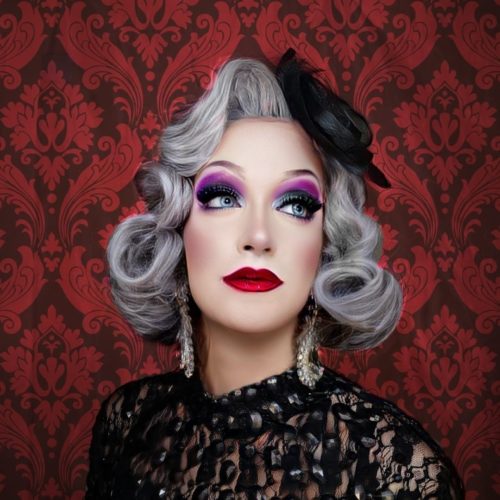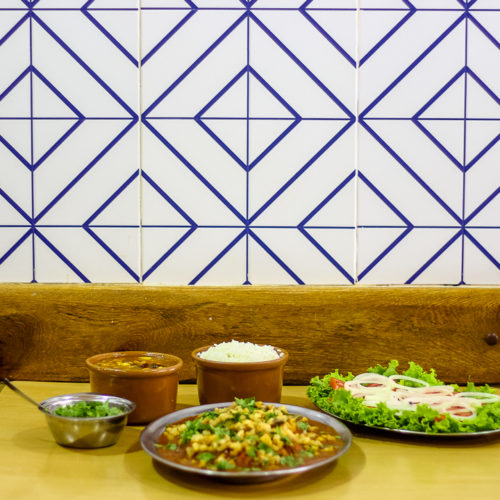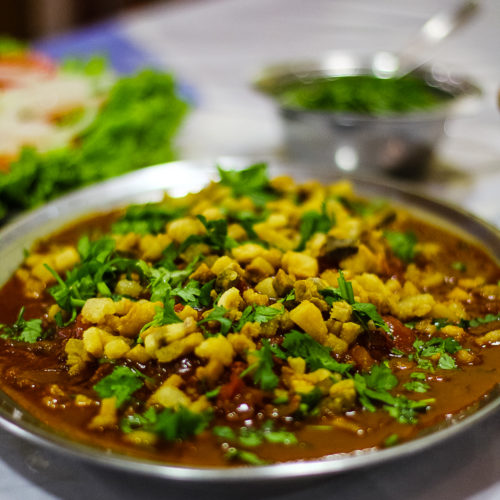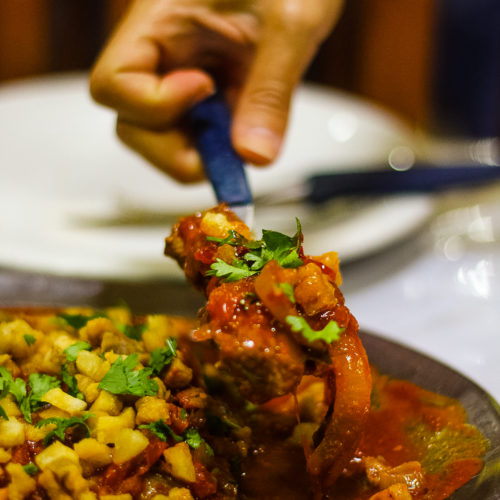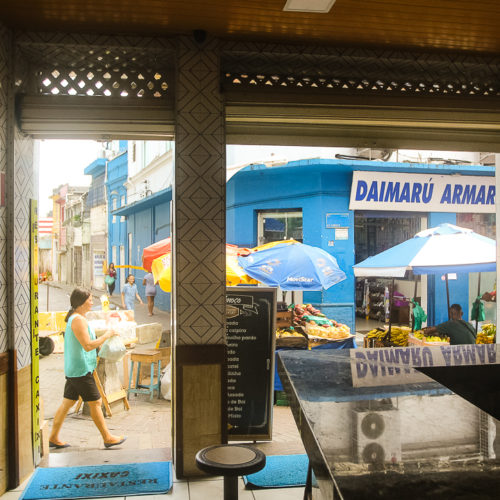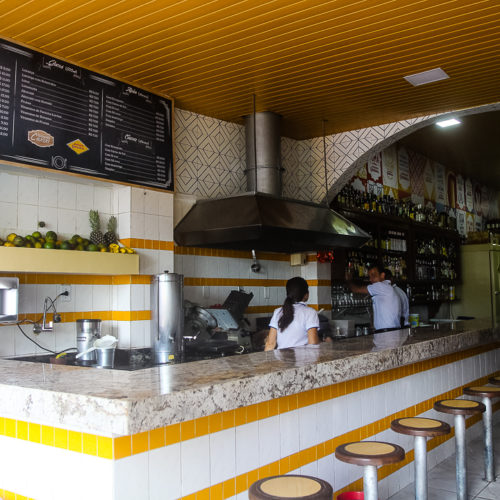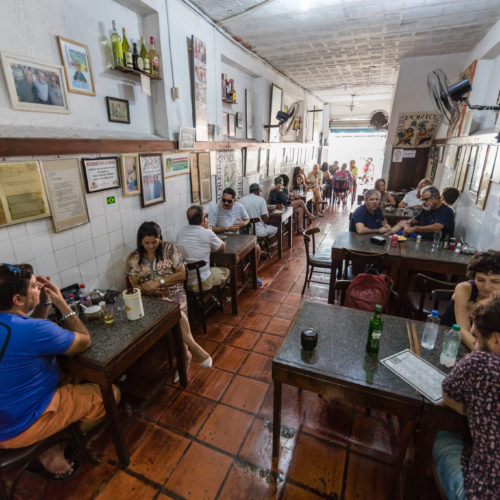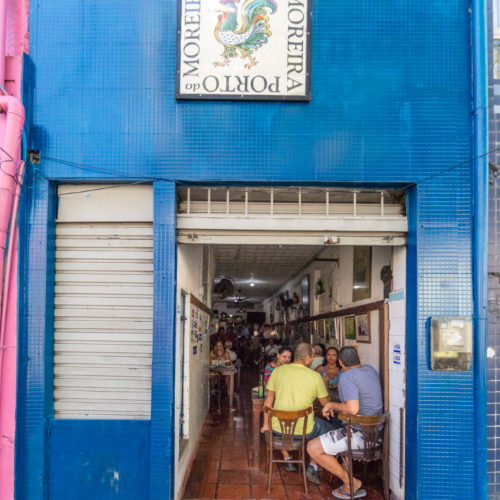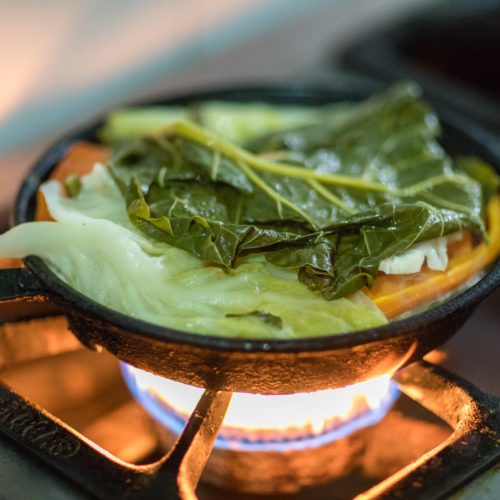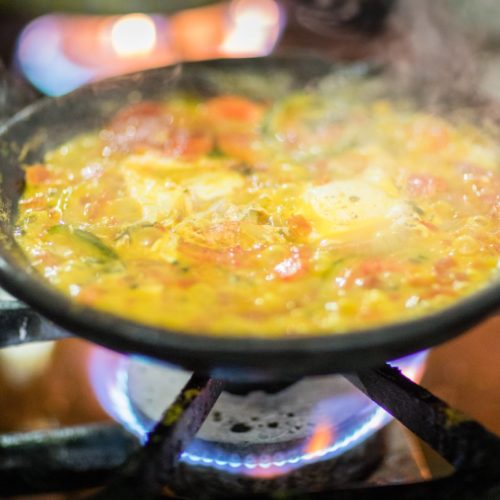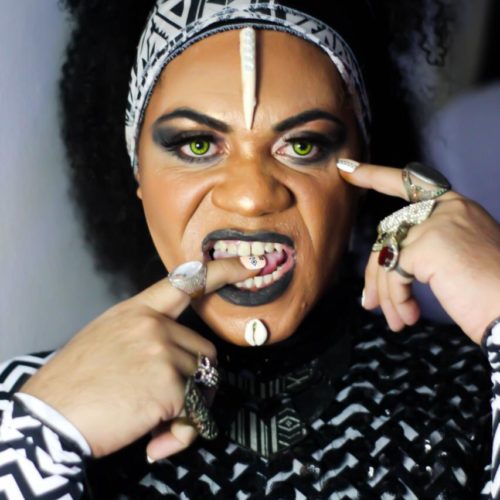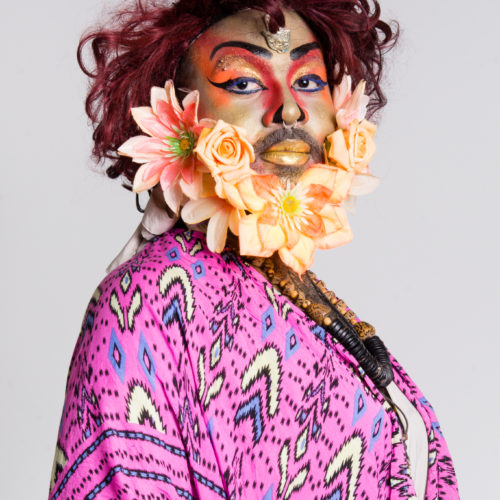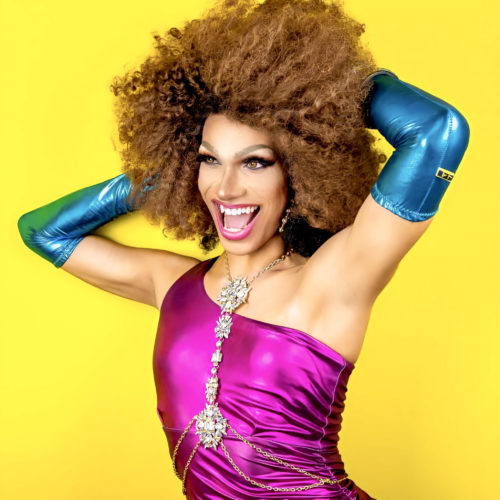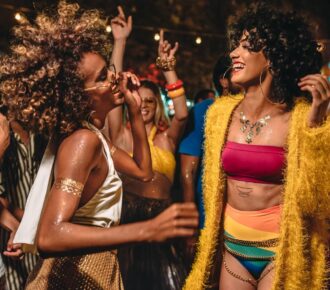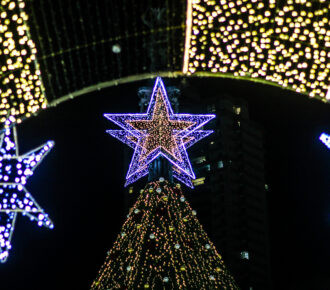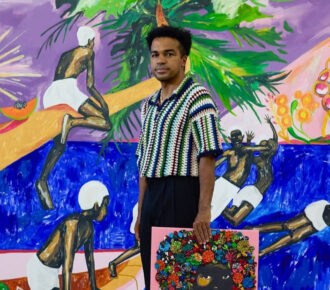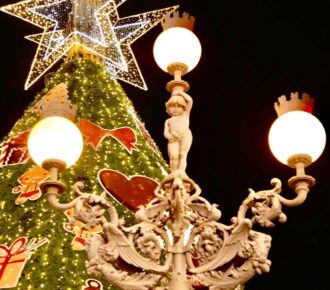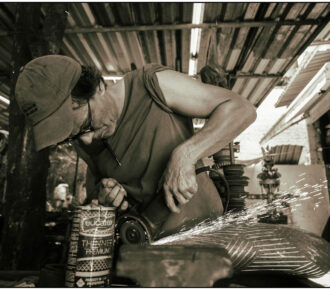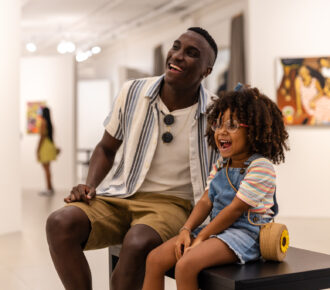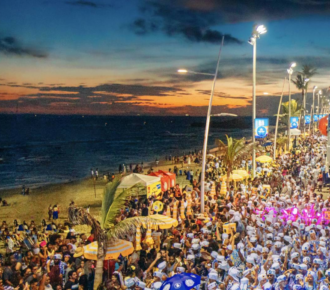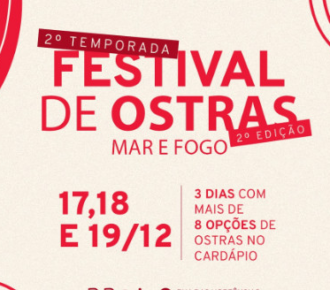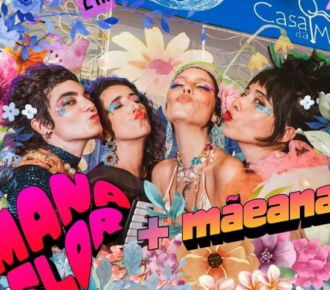
Trade, history and bohemia in the city center
Neighborhood gastronomy is traditional and rich in diversity of flavors
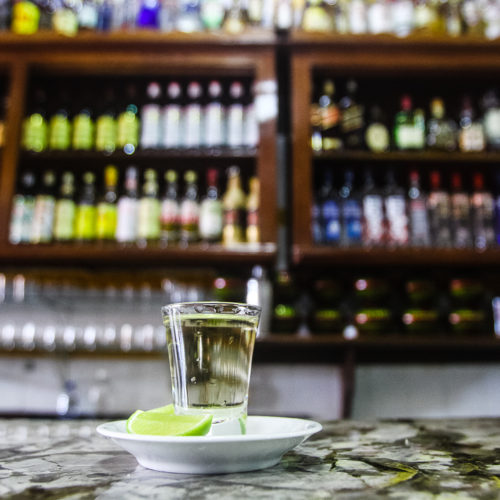
Strolling through the Dois de Julho neighborhood, in the center of Salvador, is a way to rescue the past and connect with a touch of the countryside in the middle of the capital. Despite being located in the central area of the city, the neighborhood maintains an atmosphere of a country city, with its narrow streets, a very familiar movement of neighbors talking on the street, in addition to a very strong sense of community. Some buildings have a beautiful view of the All Saints Bay.
The main accesses are Contorno Avenue and Carlos Gomes Street. But in addition to the homonymous square, Solar do Unhão, part of Gamboa, Largo dos Aflitos, Praça da Piedade, a piece of Castro Alves and Ladeira da Preguiça are within its borders.
The neighborhood has a strong trade with daily open markets, haberdashery stores full of trims and also household items. Synonymous with bohemia in the central area of the Bahian capital, Dois de Julho can provide a vast regional gastronomic experience. You can eat from the malassado at Restaurante Caxixi to a classic “pãozinho delícia” from the Panificadora Bola Verde, for example. There, the most important bars for the LGBTQIA + public of the city are concentrated.
The neighborhood is always very busy. There, residents enjoy the street as in few places in Salvador. Some of the most famous streets – and where you can find everything – are the streets of Cabeça, Forca, Areal de Cima and Democratas. It is also there that you will find the important Mercado das Flores (Flowers Market) and the new Mercado Dois de Julho, built by the City of Salvador to receive part of the informal commerce that spread throughout the neighborhood, formed mainly by street market vendors.
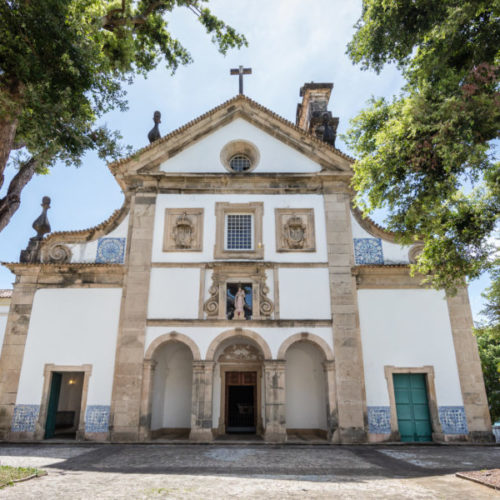
The neighborhood is proud to display the sign that shows the last address of the poet Castro Alves. It also houses the Museum of Sacred Art, built in the 17th century, which has 146 windows and a stunning view, in addition to a vast historical collection of Bahia. Another important resident of the neighborhood is the Centro de Estudos Afro-Orientais (Center for Afro-Oriental Studies), from the Federal University of Bahia, which was created in 1959.
In the pre-carnival, one of the most colorful and irreverent parades in the city takes place, the Costume Sea Bath. After walking the streets of the neighborhood, the revelers, with the most beautiful, curious and irreverent costumes, end up taking a sea bath at Gamboa beach. The party rescues the tradition that started in 1930, which started carnival blocks like “As Muquiranas” and “As Kuviteiras”. The party is organized by the residents of Ladeira da Preguiça, at “Centro Cultural Que Ladeira é esta?” a name inspired by Gilberto Gil’s samba, “Ladeira da Preguiça”.
Shopping, history and bohemia in the center of Salvador: learn more about the Dois de Julho neighborhood
2 of July – Brazil’s independence in Bahia
The neighborhood was the passage of the Brazilian Army on July 2, 1823, Brazil’s Independence Day in Bahia. A beautiful fountain in honor of this date was placed in Praça da Piedade on December 8, 1856. This monument has the Cabocla as its theme, symbol of the popular struggle that took place in the state. Later, the work served as inspiration for the Campo Grande Monument, inaugurated in 1895.
This fountain was removed from Piedade at the beginning of the 20th century, after the construction of Sete de Setembro Avenue, and installed in Largo Dois de Julho (which got its name precisely because of this fountain), a few meters from the place where the old fountain used to be. In the 1960s, it was relocated to the former Praça dos Reis Católicos. In 1982, it was installed in Largo dos Aflitos, where it is located now.
Many memories
The Dois de Julho neighborhood has a rich historical and cultural collection from Bahia. Until part of the 19th century, Largo Dois de Julho was the road to the Hospice of Jerusalem, founded in 1724, in the parish of São Pedro Velho, and which currently houses the Convento Sagrado Coração de Maria (Sacred Heart of Mary Convent).
Next to the Convent, Colégio Ypiranga operates at Solar do Sodré (Av. Sodré, 43), a 17th century building that was listed by the National Institute of Artistic and Historical Heritage (Iphan) in 1938. The place served as a residence for the poet Castro Alves in his last years of life, and has housed other educational institutions throughout its history. The poet’s old room today has been transformed into the school library.
Close by is the Museum of Sacred Art, built in the 17th century, which has a vast historical collection from Bahia and is one of the most outstanding architectural ensembles of the 17th century in Brazil: the old Convent of Santa Teresa. In addition to the church, sacristy, choir, interior chapel, cafeteria, chapter room and library, the complex has 16 halls, 12 rooms, 10 cells, long corridors and galleries and two stone staircases with 17th century tile panels on the walls.
The Center for Afro-Oriental Studies (CEAO) is located in an old mansion in Largo Dois de Julho. It was founded in 1959 and is part of the Philosophy and Human Sciences School at UFBA. Before, the same building housed the Federal Department of Education.
The neighborhood is also home to the traditional “Clube Fantoches da Euterpe” (10 Democrata Street). It was founded in 1884 and was one of the most traditional carnival clubs in the city, until the 1970s.
Tradition in food
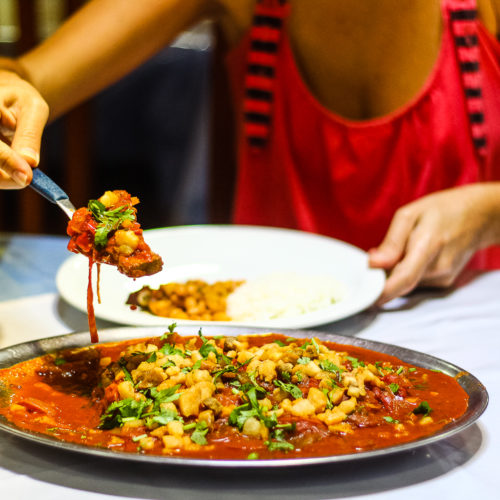
You can spend a week going to the Dois de Julho neighborhood to have breakfast, lunch and dinner in different places and still you won’t be able to taste all the delights of the neighborhood, which brings together traditional regional food restaurants. There are dozens of bars that serve typical dishes such as feijoada, maniçoba and quiabada.
On the famous Rua do Cabeça, one of the main streets in the neighborhood, is the Caxixi Bar and Restaurant, which features malassado on its menu – a large beef steak wrapped in a sauce with chopped fresh tomatoes, onion, garlic, salt and coriander. It’s divine! Nearby is Porto Moreira, cited by Jorge Amado in several passages in his books. Founded in 1938, the restaurant has the most famous meat moqueca in Bahia.
Another gastronomic gem of the neighborhood is the ham and cheese sandwich served at Churrascaria Líder. Be sure to also try the “Escondidinho de carne seca” from Mocambinho Bar and also the famous “pãozinho delícia” from the Bola Verde bakery.
Diversity
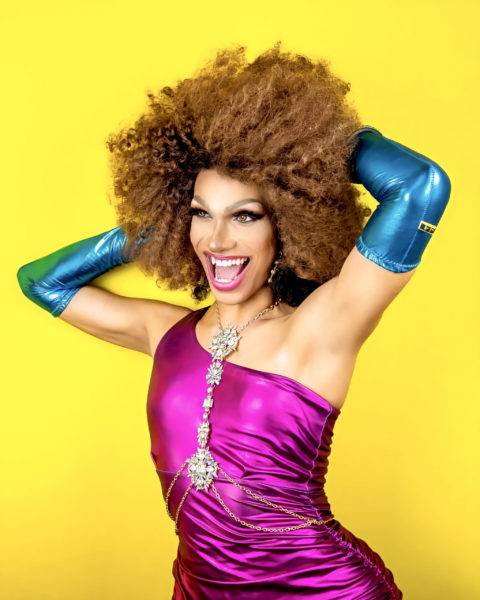
Home to great costume designers from the Castro Alves Theater, artists and performers, the neighborhood has a rich cultural and artistic diversity and is known for its bars aimed at the LGBTQIA + community.
The traditional ncora do Marujo is the oldest bar in operation in Bahia and for more than 20 years has opened space for shows of transformist art from Monday to Monday. The neighborhood is also home to important artistic and cultural collectives, such as Casa Preta, a cultural space that promotes alternative meetings and shows.

